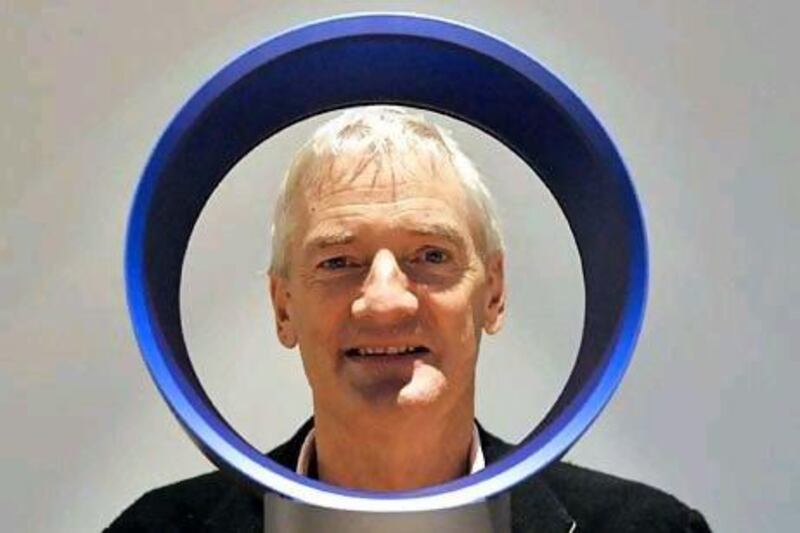Back in the late 1970s, James Dyson had a problem - his vacuum cleaner kept clogging up.
The solution he came up with made him a lot of money and bought him a place among an elite group of inventors.
"My bright idea [was to] get rid of the bag. How, I was not so sure," Mr Dyson, who is worth US$4.2 billion (Dh15.42bn), according to Forbes magazine, told The National by email.
Inspired by an industrial cyclone at a timber mill, which had the power to separate dirt and debris, he returned home, ripped up his machine, rigged it up with cardboard and gave it a go. "It didn't look great, but it worked better than the bag. So I kept at it for five years. 5,127 prototypes and countless tests later, I had it," he said.
Becoming an inventor, as Mr Dyson proves, is still a viable, and profitable, career option.
But the invention that made Mr Dyson's name nearly never was. It took him a long time to recognise that he wanted to be an engineer.
He had the talent and the interest in how things worked - he was forever taking things apart to see how they functioned and putting them back together.
"I would frustrate my family by leaving a trail of old radio parts in my midst," he says.
But at school he had to choose between arts and sciences. He chose the former, enrolling in the Royal College of Art (RCA) in London.
"The likes of David Hockney and others had made their names whilst at the school, and people genuinely believed they, too, were going to make it.
"It was at the RCA that I began to find my feet as a design engineer. I was able to merge art and engineering disciplines for the first time. It was exhilarating. I was hooked," he said.
The British inventor Jeremy Fry gave Mr Dyson his first break. At the time he was the managing director of a company called Rotork. Back then, few firms took on young graduates for new ventures.
"But Fry saw something in me, and quickly became a mentor. Like a sponge to water I soaked up everything he had to teach me," Mr Dyson said.
"Together we designed and built all kinds of things, like the new seating at the Roundhouse in Camden, North London, and a high-speed military assault craft, the Sea Truck," he said.
In the late 1970s, he turned his attention to his problematic vacuum cleaner, creating a bagless prototype that he took to various major manufacturers. But not a single company was interested in the idea.
"They all insisted that a vacuum without a bag would not sell," he said. "After three thankless years I understood that if I wanted to make the machine, I'd have to do it myself."
And he did, making himself a very rich man in the process.
But he has not stopped inventing, and spends most of his time in Dyson's UK-based research, design and development lab with his team of 700 engineers and scientists.
However, he has developed another passion: promoting engineering as a career through the James Dyson Foundation.
"I was given a choice at school: pursue arts or sciences. Never both," he said. "There was no happy medium for someone who liked tackling problems with their head and their hands. Looking back at my school days, I wish I had stumbled into engineering earlier."






